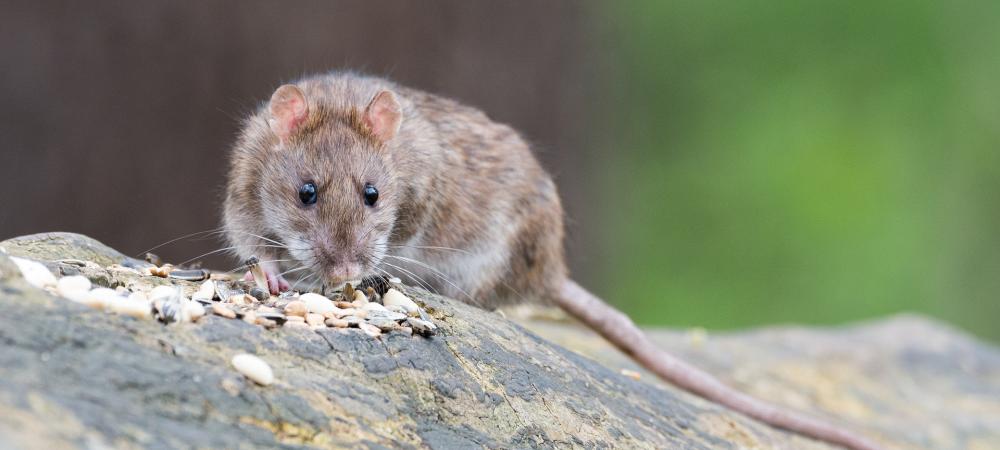Why Washington’s Rainy Climate Attracts Rats and What You Can Do About It

Washington’s lush green landscapes and mild, wet climate make it a beautiful place to live—but they also create ideal conditions for pests, particularly rats. Rats are drawn to areas that provide ample food, water, and shelter. Unfortunately, the frequent rain and damp conditions in Washington can turn your home into the perfect nesting spot for these unwanted rodents.
Why Does Rain Attract Rats?
Washington’s rainy climate contributes to increased rat activity for several reasons:
- Abundant Water Sources
Rats thrive in environments where water is easily accessible. Constant rain ensures that they always have a supply of water from puddles, leaking pipes, or wet soil. - Shelter from the Elements
Rats are always on the lookout for dry, warm places to build their nests. As the rain increases, they seek shelter in homes, attics, basements, and garages to escape the wet conditions outside. - Vegetation Growth
Rain encourages the rapid growth of plants and shrubs, providing rats with dense cover for traveling unnoticed. Overgrown yards and gardens can become pathways or hiding spots for rats as they search for food. - Increased Food Availability
The rainy season encourages plants to bear fruit, seeds, and nuts, which are natural food sources for rats. Washington’s mild winters also mean that food is available for longer periods, sustaining rat populations year-round.
Signs of a Rat Infestation
Rats can be sneaky and often go unnoticed until the infestation becomes severe. Be on the lookout for these signs:
- Droppings: Rat droppings are small, dark, and shaped like rice grains. You’ll often find them in attics, basements, or near food storage areas.
- Gnaw Marks: Rats chew on anything they can find, from wires to wooden beams. Look for bite marks on furniture, walls, or food packaging.
- Scratching Noises: Rats are active at night. If you hear scratching or scurrying sounds in your walls or ceiling, rats may have moved in.
- Nests: Rats use shredded paper, insulation, and other soft materials to build nests. Check secluded areas like attics and crawlspaces for evidence of nests.
How to Prevent Rats from Entering Your Home
Fortunately, there are several steps you can take to keep rats from invading your home, even in Washington’s rainy climate. Here’s how:
1. Seal Entry Points
Rats can squeeze through holes as small as a quarter. Inspect your home for gaps in the foundation, walls, windows, and doors. Seal any cracks with steel wool, caulk, or hardware cloth to prevent rats from getting inside.
2. Keep Your Yard Clean
Trim back overgrown bushes, trees, and shrubs, especially if they’re near your home. Remove piles of wood, debris, or yard waste, as they provide cover for rats.
3. Eliminate Water Sources
Repair any leaky faucets, pipes, or clogged drains in and around your home. Avoid leaving standing water in containers, bird baths, or puddles that can attract rats.
4. Store Food Properly
Rats are opportunistic feeders, so make sure to store food in sealed, rat-proof containers. This applies to both human and pet food. Clean up crumbs, spills, and garbage regularly to avoid attracting hungry rodents.
5. Secure Garbage Cans
Rats are notorious scavengers. Use garbage cans with tightly fitting lids, and keep them stored away from the exterior walls of your home to reduce the chance of rats being attracted to food waste.
What to Do if You Have a Rat Problem
If you suspect rats have already found their way into your home, here are your options:
- DIY Traps and Baits: There are a variety of rat traps and baits available at hardware stores. Be sure to place them along walls and in dark corners where rats are likely to travel.
- Call a Professional Pest Control Service: If the infestation is severe or you’re unsure how to handle it, contact a pest control professional. They can assess the situation and safely remove the rats using effective methods.
Washington’s rainy climate may make the state a haven for rats, but that doesn’t mean you have to live with them. By understanding why rats are attracted to damp conditions and taking proactive measures to protect your home, you can minimize the risk of a rat infestation. Stay vigilant, and you’ll keep your home rat-free even in the wettest of seasons.
Protect your home today—before the rain drives the rats indoors!
